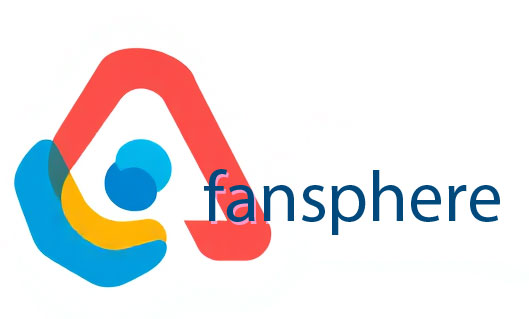So, what’s the secret sauce? Quantum bits, or qubits, are the stars of the show. Unlike regular bits that are stuck being either a 0 or a 1—kind of like flipping a coin—qubits can be in a state of 0, 1, or both at the same time, thanks to something called superposition. This means they can tackle a zillion calculations simultaneously! Picture trying to find your way out of a maze: a classical computer would take one path at a time, while a quantum computer can explore all the paths at once. Mind-blowing, right?
But wait, there’s more! Quantum entanglement comes into play too. When qubits become entangled, the state of one instantly influences the state of another, regardless of the distance between them. It’s like having a psychic bond—what happens to one qubit has an immediate effect on its partner. This enables quantum computers to solve complex problems that would take traditional computers centuries to crack.
You might be wondering why all the hype? Well, the implications are immense. From revolutionizing cryptography to modeling molecules for drug discovery, quantum computers could lead us to breakthroughs we can’t even imagine yet. The future is indeed bright—and quirkier—thanks to these quantum wonders!
How They Differ from Classical Computers
Classical computers process information in bits, which are like tiny light switches that can either be off (0) or on (1). It’s pretty straightforward—just zeroes and ones doing the dance of data. Quantum computers, on the other hand, use quantum bits, or qubits. Here’s where things get wacky and awesome! Unlike a regular bit, a qubit can be both off and on simultaneously, thanks to a nifty little quirk of quantum mechanics called superposition. It’s like being able to spin two plates at once instead of just juggling one!
But wait, there’s more! You’ve heard of entanglement, right? In quantum computing, if you entangle qubits, the state of one qubit instantly depends on the state of another, no matter how far apart they are. Imagine having a magical pair of dice where rolling one affects the other, even if they’re miles apart. This connectivity among qubits allows quantum computers to solve complex problems way faster than classical ones.
So, when it comes to task execution, classical computers follow a methodical, step-by-step approach, while their quantum counterparts take a more parallel route. It’s like a traditional chef carefully preparing each ingredient one by one, versus a quantum chef who has the magical ability to cook multiple dishes at the same time!
These differences may sound like sci-fi, but they’re revolutionizing how we process information and tackling challenges classical computers struggle with. It’s a wild ride into the future of technology, isn’t it?
Potential Applications in the Future

Think about smart homes that anticipate your needs before you even step through the door. Picture a house that adjusts the temperature just as you like it, dims the lights to your preferred setting, and even plays your favorite playlist, all without you having to lift a finger. That’s just the tip of the iceberg! With the rise of the Internet of Things (IoT), our homes could become intelligent ecosystems, communicating with us and each other in real-time.
Now, let’s dive into the world of healthcare. Imagine wearable devices that monitor your vital signs and send alerts to your doctor if something’s amiss. What if AI could analyze your medical history and predict potential health issues before they arise? This kind of proactive healthcare could save lives and revolutionize how we think about medicine.
And let’s not forget about education! The classroom of the future could be a virtual reality wonderland, where students dive into history by walking the streets of ancient Rome or exploring the depths of the ocean. Education can become a personalized journey that keeps kids engaged and eager to learn.
Transportation, too, is set for a major facelift. Self-driving cars could become the norm, freeing up your time during commutes for reading, napping, or even working. Imagine the reduction in traffic accidents and the optimization of routes in real-time, making travel smoother than ever.
























Add comment